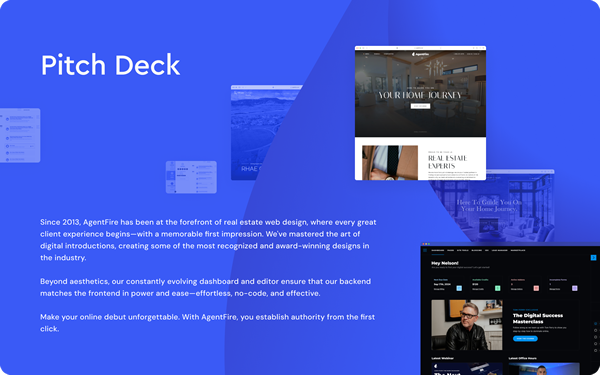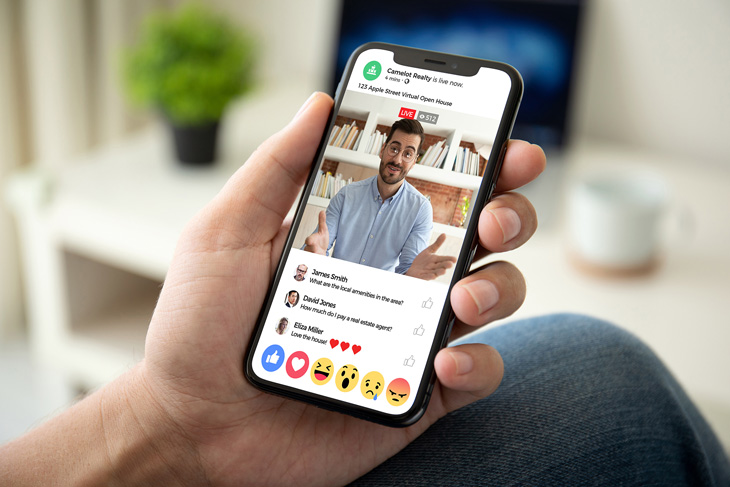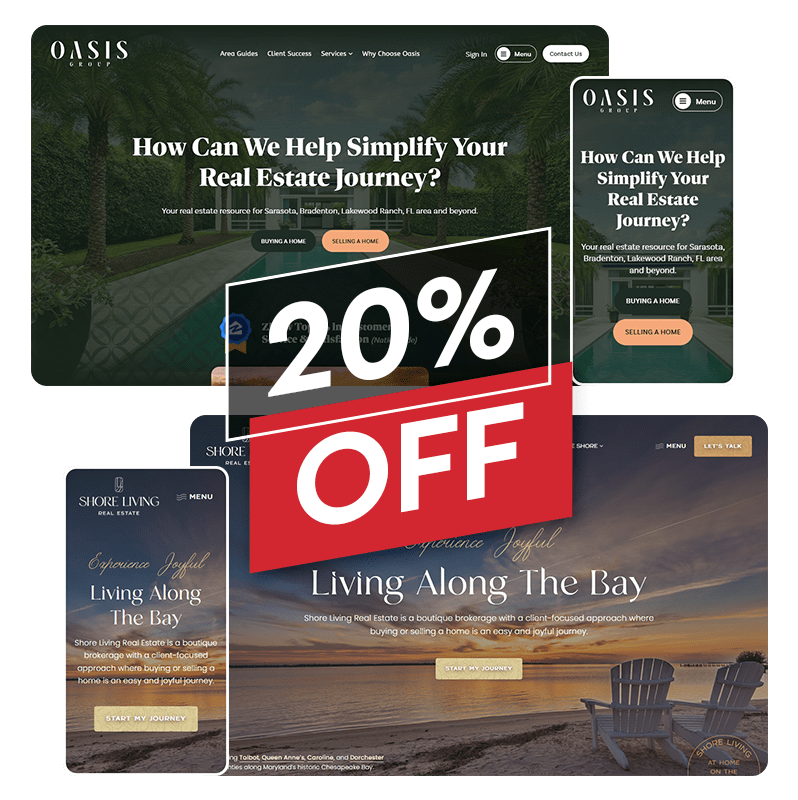In the current global pandemic situation, virtual open houses have become an essential tool in a successful real estate agent's arsenal. Learn how to implement them into your marketing campaigns in today's article.
Branding & Design Industry Insights
Just a couple of years ago, before the world found itself on lockdown due to the pandemic, virtual open houses were seen as a cool, high-tech supplement to traditional open houses.
But in our current reality, virtual open homes (and virtual property tours) ARE becoming essential tools.
More and more real estate agents are facilitating these transactions and serving their clients right now by holding virtual property tours using common, accessible technology. In fact, some of it you might already be using yourself.
Recently, we wrote an extensive article about strategies and tools you can use to prepare for the post-COVID 19 world, and how you can remain productive even now.
That article briefly mentioned virtual open houses, but in today’s article, we’ll expand more on them and how you can bring an exceptional home touring experience to home buyers right now.

What Exactly Do We Mean By Virtual Open House?
In the real world, an open house and a home-showing are two different things.
For the purposes of this article, we’re going to group both virtual showings and virtual open houses into the same term: virtual open houses. That’s because both of them can be held using the same strategies discussed in this article.
Whenever you hear the phrase virtual open house, one of the first things that may pop into your mind is one of those fancy 3D property tours. Just like those offered by Matterport 3D.
But a virtual open house could be held with something as simple as your smartphone’s camera, using a common video call app such as Zoom or Skype.
…really, it could be that simple. No expensive 3d cameras, no goofy and heavy headsets, no massive financial investment from your part. Just your current smartphone and an internet connection.
You may be thinking “That can’t be true. That’s way too simple of a set up to be any good.”
But if that’s how you feel, think again!
Not only is such a simple set up effective, but hundreds of real estate agents are doing that and having great success. In fact, that’s exactly what the members of The Shannon Jones Real Estate Team are doing (they are friends and clients of AgentFire).
Even though The Shannon Jones Real Estate Team does offer amazing 3D Matterport property tours and excellent pre-recorded property tours, they also hold virtual open houses using a pretty simple set up.
In the video above, one of the team members is holding a live virtual open house using a smartphone. And yet, she’s able to take questions from viewers in real-time, hold Q&A sessions after the property tour, and go back to rooms around the house the viewers wish to see again.
Ok, so virtual open houses work, and lots of agents are taking advantage of it even in the current pandemic.
But where would you start with a virtual open house?
Let’s break it down into 3 critical steps.
1. Choose your format
When it comes to open houses, you have two major choices when it comes to format: live or pre-recorded. Both have their pros and cons, and whichever format you choose will determine how you plan your virtual open house.

Live Virtual Open House
Pros:
A live open house is the closest you can get to a real-life, in-person open house or property showing. That’s because you can have a real conversation with your participants, bounce back and forth from both of your responses, and show whichever room of the house they want on demand.
There are many tools that allow you to hold a live virtual open house. Zoom, Youtube, Twitch, and Facebook have live broadcast capabilities on their smartphone apps. These apps can generate a link that you can share with your open house participants.
You can also record your live virtual open house, upload it to Youtube, Facebook, and other social media, and make it available for others to see if they missed the live event.
And since the entire open house is being done live online, you can show the home to any client, regardless of their location.
Cons:
The biggest advantage of a live virtual open house is also its biggest disadvantage. Because you’re doing everything live, there could be unexpected surprises. From technical difficulties to unexpected guests, it’s always risky to hold a live virtual open house.
It also takes more preparation to have a successful live open house, and you may need help from more team members.
If you’re only showing it to a single client, it’s a lot easier to control how the open house goes. But if you have a sizable audience, you could have “trolls” trying to derail your presentation, or people coming in late and demanding you to go back and show them rooms you already toured.
Because of our current social distancing rules, it would be more difficult to ask the homeowners to leave as you hold your open house.

Pre-Recorded Virtual Open House
Pros:
A pre-recorded open house lets you have a more controlled and polished experience. Because everything can be done ahead of time, you can have higher production values, control your lighting, show off the best features of your home, and you don’t have to worry about connection issues.
It allows you to post it online, and let anyone check out your open house, regardless of their time zone.
A great example of a team that’s killing it in this game is the Jesse Peters team.
Cons:
Because everything is scripted, it may feel more artificial than a live home tour. You also can’t answer questions in real-time, nor observe the interest level that a viewer might have about the home.
Some buyers may not trust a pre-recorded property tour as much as a live one, because they feel as if you’re not going to show parts of the home that could have some issues.
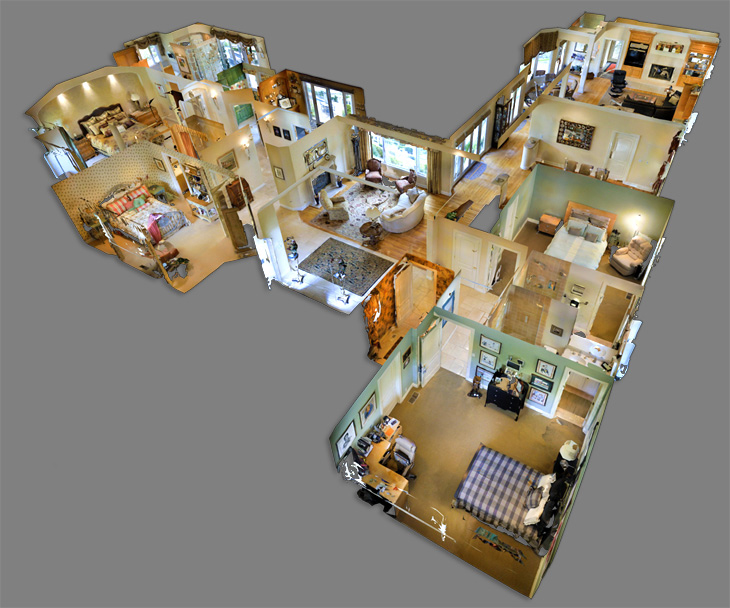
Optional (but strongly recommended: 3d Virtual Tour)
Companies like Matterport and immoviewer offer a 3D, interactive walkthrough of the property that your prospects can explore at their own pace.
It’s the perfect supplement to the more personal options above. Check out how Shannon and her team leveraged both a pre-recorded virtual open house and a 3D virtual tour of the same property.
So which format should you pick? It depends. In some cases, it makes sense to hold a live virtual open house, especially if the property is empty and already staged.
But if you’re only able to hold a prerecorded virtual open house, do so.
Also, work with what you’ve got. You don’t NEED to hire a videographer to do a great virtual open house. But if you have the budget and it makes sense to use one for your listing, DO IT.
What matters the most is that you’re doing everything in your power to serve your clients by offering buyers a safe way to tour your listings.

2. Prepare
Just like in a real-life open house, the success of your virtual open house hinges on preparation. The more details you have considered and planned for, the better your open house will go and the stronger its impact.
One way to make sure it all goes according to plan is to use a checklist. While it’s not the most exciting thing in the world, checklists do let you be more organized and help you remember important details.
Pre-open house checklist:
- Get permission from the seller to actually walk through their property for an open house
- If you’re doing a live open house, get in touch with my internet provider and make sure the network connection is stable on the day of the open house. Make sure you have a backup, such as enough data.
- Make SURE your audio quality is audio is crisp and clean (and setup properly)
- Review your scripts so that you can answer all the questions your guests may have about the property if you’re doing a live virtual open house.
- Make sure your team can easily communicate (ideally via group message. Whatsapp is a free option. At AgentFire, we use Slack, also free to start)
- Improve your on-camera presentation skills by practicing at home. Do a trial run by touring your own home (if you need helpers, note that some children accept candy as payment 🍬)
Familiarize yourself with your state’s contract addendums (there is a specific addendum concerning virtual showings – so I suggest you check out that link)
Advanced Gear checklist:
In terms of gear, we’ll share what you ideally (that is if you have the budget, the knowledge and access to these tools) should get your hands on. But like we mentioned earlier, if a smartphone is all you’ve got, you can make it work.
- A video recording device – You have lots of options such as camcorders, DSLR cameras, mirrorless cameras and action cameras.
- An external microphone – People would rather watch a video with low visual quality but high sound quality, than great visual quality but poor audio
If you’re going to invest in equipment, prioritize getting a good microphone.
A high quality clip-on external microphone can also help you reduce noise, avoid popping from plosive consonants (such as Ps, Ts, Ks, and Gs), and give you plenty of mobility
- A video encoder– A good video encoder enables you to compress videos at the highest quality as possible
- An LTE modem – This is to ensure a stable internet connection
- A battery power system – That way you won’t have to change batteries mid-stream
Tripod or gimbal – These tools allow you to keep your camera steady
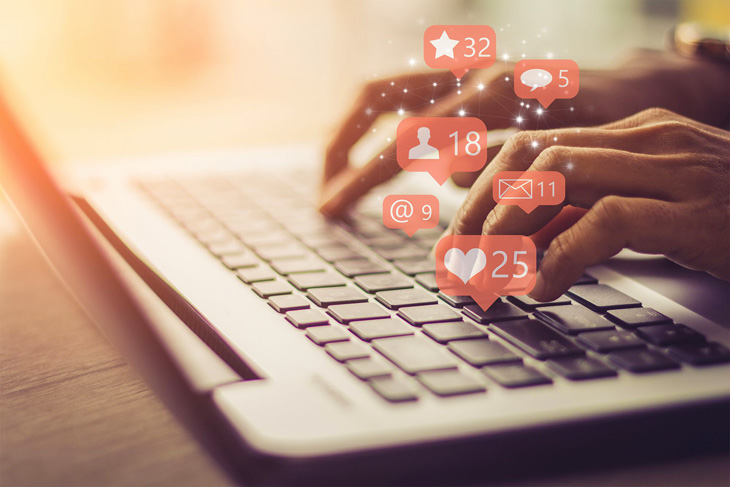
3. Promote
If no one watches your virtual open house, or no one knows about it, it won’t matter how nicely put together it is, or what an amazing deal that home is.
That’s why you need to promote your virtual open house.
MLS
If you have a prerecorded virtual open house, add it to your property description on MLS. Some MLSs allow you to upload the video directly.
If you’re planning a live virtual open house, mention the date, and add a link to the event. This could be the Zoom meeting details, your live Facebook link, etc.
Social Media
Social media marketing shines in how easily it lets you repurpose your content.
After you’ve finished recording your virtual open house, you can easily take a screenshot of it, share it as an Instagram Story, and get some visibility and brand awareness from your Instagram contacts.
Your video can also be uploaded to YouTube, then share its URL link on LinkedIn, Facebook, Pinterest, TikTok, and just about anywhere.
Facebook still remains the most popular social network in the world. And it also features some of the best set of tools you need to host a virtual open house, thanks to its native promotional features and community-based engagement.
For example, The Keyes Company is having tremendous success in holding Facebook Virtual Open Houses.

Let’s take a look at some of Facebook’s tools that can help you hold and plan a virtual open house.
- Announcement Post – This comes with scheduling a Facebook Live or Facebook Premiere video. You can include the details of the open house and a link to your 3D virtual tour here, or even links/CTAs to IDX or a landing page.

-
- Sharing – Share it with your team, your family, and friends – try to get as much organic reach as possible.
- Get Reminder button – This is a feature that is baked into the announcement posts for both Facebook Live and Facebook Premiere; users can choose to get reminder notifications for your upcoming open house.

- Facebook Events – You can manage RSVP and invite people in your network, even if they’re not on Facebook. Again, there’s a post that comes with this so make sure that you have the relevant links and CTAs here.
- Comments – Make sure that your team is on top of all engagement and encourages comments, likes, and shares.
- Ads – If you’re going to run ads for the listing, take a good look at whether you can expand your typical guest list because guess what? Overseas prospects can now attend your open house.
Loads of people are on Instagram as well and it’s a great platform for building a brand. Just like I mentioned earlier, you can take a screenshot or a snippet of your open house video and use it as your Instagram Story. The goal is to generate pre-buzz and drive engagement to your open house.
Linked in can be used to let other real estate agents know that you’re holding a virtual open house. That way they can get their clients online to enjoy it.
Just like Instagram, Twitter can be used to generate buzz and drive engagement for your virtual open house.
Conclusion
On March 25th, Joshua Smith from the GSD Mode Podcast interviewed Veronica Figueroa, leader of the award-winning RE/MAX Figueroa Team. They had some really important conversations that are both eye-opening and encouraging so I suggest you watch it.
But here’s a quote from Veronica that I’d like to share with you:
“We will continue to real estate, we’re just going to do it differently.”
So I encourage you that you adapt to our new reality, learn how to hold virtual open houses, and get out there and start selling more homes!
If you want to stay up to date on all of our free and valuable content, subscribe to our newsletter. We publish valuable articles and guides such as this one regularly. That way you can constantly improve your marketing skills, and become a more effective real estate marketer.
And if you want to dominate your hyperlocal real estate market, and have a website that has 3d Matterport integration, check out AgentFire’s AgentFire Sites, #1 rated for several years in a row.

